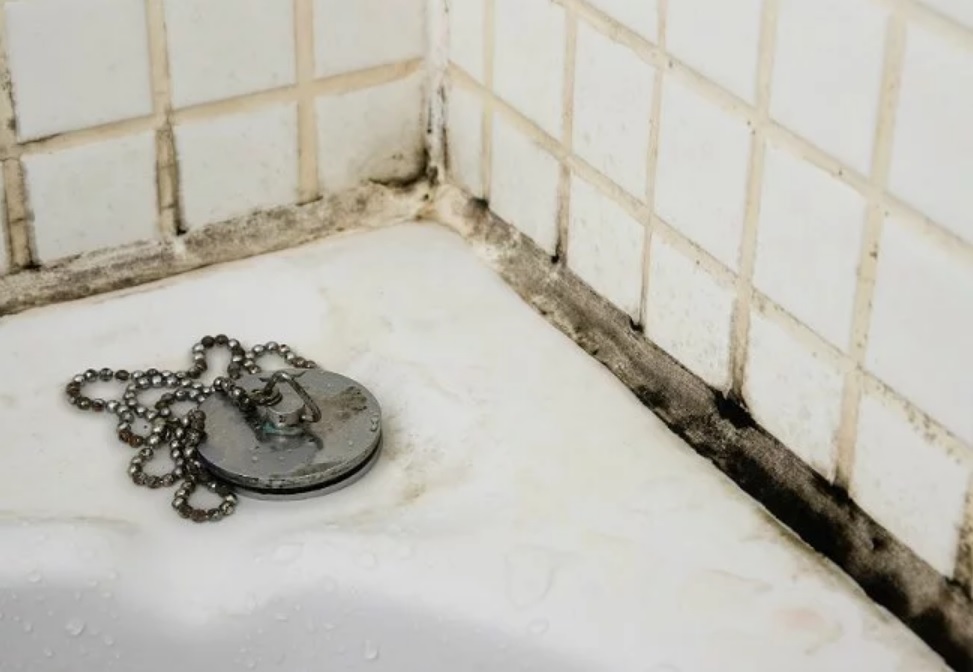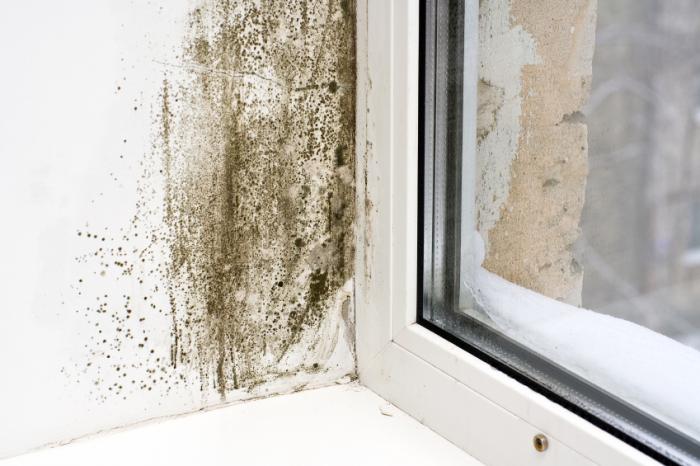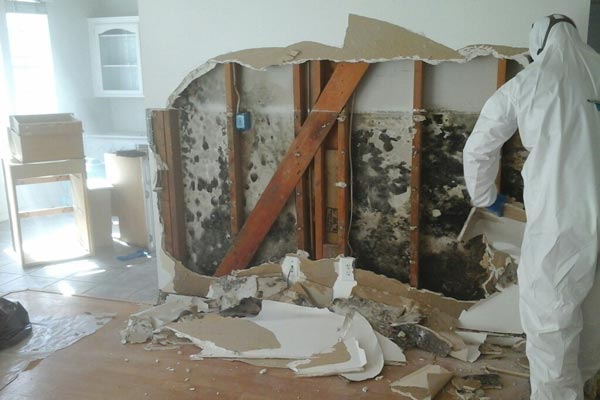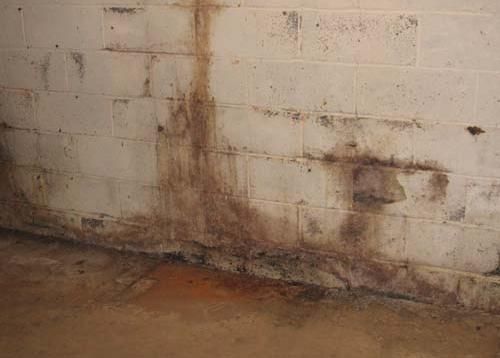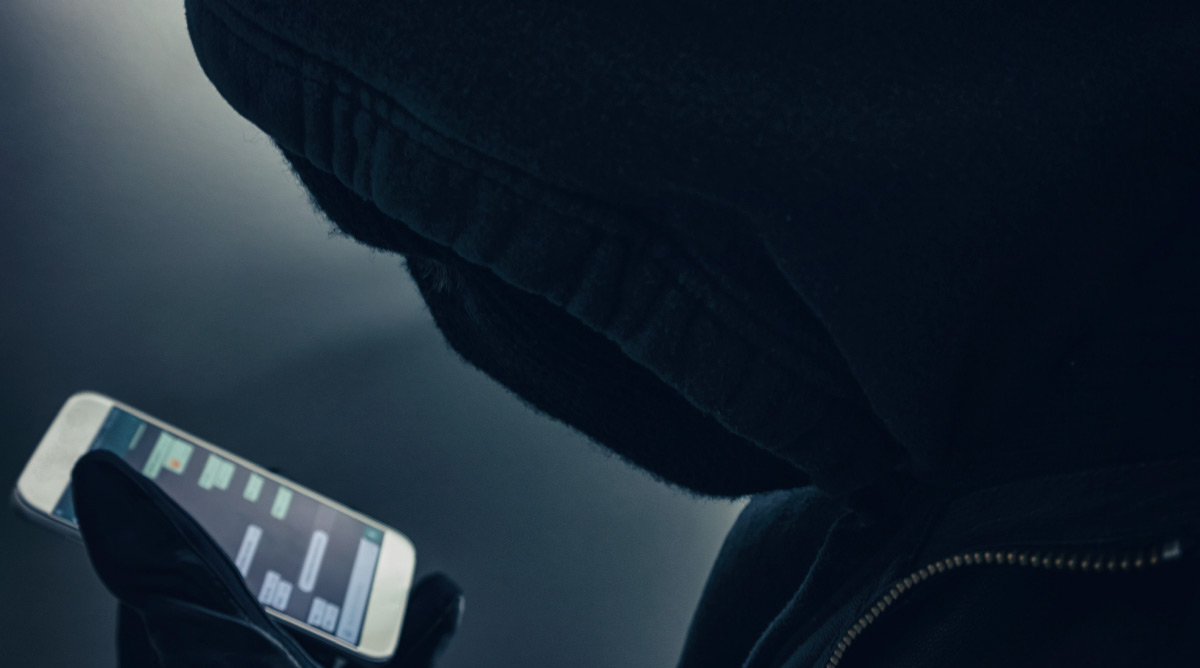Last Updated on January 22, 2025 by Alarm New England
Bank-level encryption is the term that financial institutions use when referring to their security measures that are used to help protect you and your assets. This term gets thrown around a lot in the online and financial world, but how safe is bank-level security?
In today’s world we all have to be hyper-aware of protecting our financial security online. There is no shortage of hackers, ID thieves and malware out there that are trying to gain access to secure information. We hear about major security breaches what seems like all the time on the news.
This is the age of convenience and this includes online transactions. Unfortunately, utilizing online transactions comes with a risk. Hackers are constantly after your social security number, credit card numbers, banking information, and log-in credentials.
Most expense tracking providers have made it their priority to keep their clients safe from identity breaches and some even use the term bank-level security or encryption to convey how serious their security level is.
What Banks Actually Use for Security
Banks work tirelessly to make sure the security of their clients is not compromised. A security breach can mean detrimental consequences for a banking institution and is avoided at all costs by implementing an advanced security protocol that goes beyond username/password and security questions.
Financial institutions employ firewall software as a first line of defense against cyber attackers. The software is constantly being updated to keep ahead of the hackers and viruses that are also always improving and enhancing.
Additionally, financial institutions implement a level of encryption over all of your digital files and transactions. What does this mean? Basically, everything gets encoded in a way that prevents cyber hackers from easily accessing your information.
The standard bank-level encryption is 256-bit AES, or advanced encryption standard. Most professional-grade security systems — including those we sell — use a similar encryption standard to protect your data from being intercepted by third parties.
What does 256-bit Encryption Mean?
256-bit refers to the exponent that represents the incredibly vast possible encryption combinations that your financial institution data has been coded with. This means that there is an indescribable number of possible encryption combinations that a hacker would need to go through in order to crack the code.
There is also the 128-bit encryption level that many companies, besides financial institutions, use to encrypt their secure data. Although this number is half the size of 256-bit, it is still incredibly large and safe when it comes to protecting data.
Let’s put it this way, the 128-bit encryption represents about 340 undecillion. Which is 34 followed by 36 zeros. To say this is a huge number would be an understatement. Even a company who is not using bank-level security, but is using 128-bit encryption, is still proving high quality security that is virtually impossible to breach.
While many companies use only 128-bit encryption, the main benefit to switching to 256-bit is for marketing reasons. Think about it, if you are looking to choose between two expense tracking companies and one boasts 256-bit encryption and the other is only 128-bit, you are probably more likely to choose the one with the big number.
Why Data Encryption is Essential for True Security
In a world where cyber attacks and security breaches are a part of the everyday news, it is more important than ever that security be implemented to prevent such occurrences.
Banks and other financial institutions use bank-level security as an industry standard for protecting themselves and their clients from serious identity and financial threats.
While there are no guarantees, and with hackers working overtime to develop software to beat the system, you can still feel safe in the knowledge that your financial institution employs the highest level of security possible to keep your information secure.
How Security Systems use Bank-Level Encryption
Like banks, we protect your assets. Your safety is our top priority. Due to the latest home security systems integrating with smart home apps and your smartphone, it is more important than ever to keep your personal data under lock and key. A vulnerable alarm system provides a false sense of security, and could potentially have serious consequences.
The Qolsys IQ Panel 2protects your wireless home security system using 128-bit encryption, while Alarm.com cameras use 256-bit encryption. Even with just 128-bit encryption, it would take the world population 77,000,000,000,000,000,000,000,000 years to crack the encryption key by testing every possible combination.
The more secure your data is, the more secure your home is. To learn about more ways you can secure your home, download the Ultimate Guide to Home Security.



